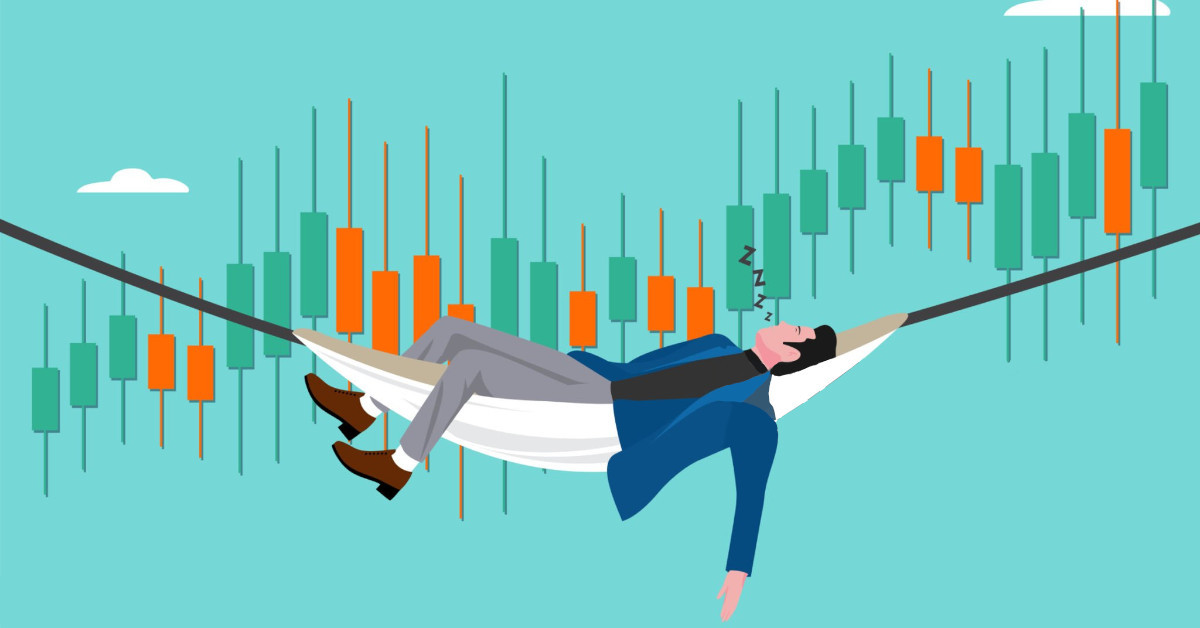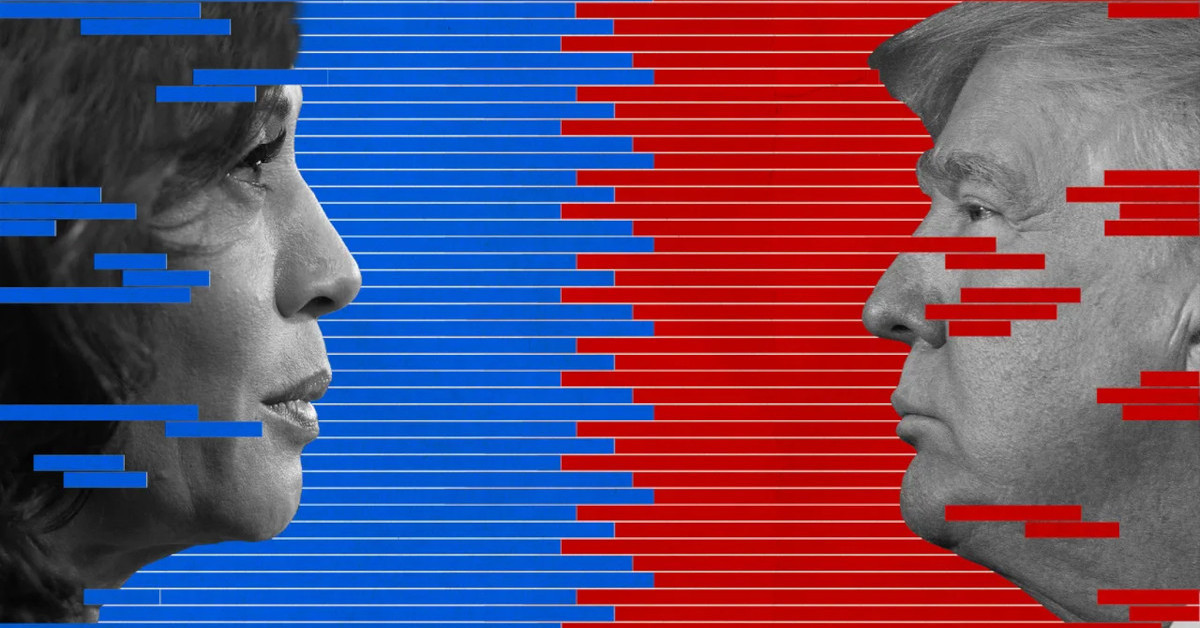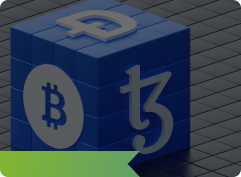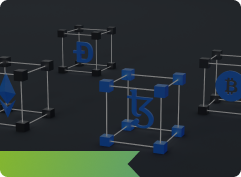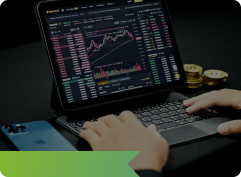Jackson Hole instead of Central Banks!
Despite initial expectations that August could be a quiet month, mixed data from China and overall Asian economies on one hand and US data on other hand changed the environment in the first days of August. And now, while major banks including the Federal Reserve, the European Central Bank, and the Bank of Japan will not have monetary policy meetings until September, we have another event that can change the game and market condition. Let`s review the main symbols one by one to see what we have to expect from the global economy in August.
Dollar:
After the first half of July, the USD Index continues its rally to print new records, in the second half, weaker than expected economic data, including weaker GDP, eased the earlier expectations for a 75 bps rate hike. Less hawkish expectations eased the USD demand and increased the stock markets. On the first days of the August downtrend, that has been started on July 15, continued. However, with NFP surprised with 528,000 newly created jobs in July by unemployment rate dropped to 3.5%, again the market started to price in higher rate hikes. So far on august 8, estimates for a 75 bps rate hike in the September meeting increased to 70%. In August, while we do not have the FED monetary policy meeting, the Fed’s Jackson Hole symposium on August 25-27, will give us more clues about the next moves on central banks across the globe. For the rest of August, CPI and PPI (10th & 11th), Building Permits & Industrial production (16th), Retail Sales (17th), Housing data (18th & 19th), Durable Goods Orders (24th), GDP (25th), PCE price index and Personal income (26th), will be the most important events and data to watch to predict the USD trend.
Euro:
July was one of the worse months that the Euro ever had. On July 14, the European currency fell under $1.00 for the first time in 20 years, however, right after that the recovery started, as ECB delivered its first rate hike in 11 years to get rid of the negative deposit rate for the first time since 2014. About the next moves, same as FED, ECB president Lagarde also emphasized that ECB would act on a meeting-by-meeting basis. The market now expecting a deposit rate of 1.0% by year-end. At the same time, the chance for Eurozone to fall into recession raised 45% in the next 12 months, up from 30% in May and June, according to the Bloomberg polls. Besides economic data, political uncertainty and the collapse of the Draghi government in Italy increased the negative risks in the Eurozone. However, still, economic data will play the main role in Euro`s future movements. For the rest of the month, German inflation (10th), Industrial production (12th), ZEW and Trade balance (16th), EU GDP (17th), Inflation (18th), PMI`s (23th), German GDP (25th), and Jackson Hole symposium on August 25-27, will be the most important data and events to watch.
Japanese Yen:
Same as the Euro, the Japanese Yen also tested the historical low against the USD. On July 14, Yen fell to new 24-year lows against the dollar. Later, reducing the bond yields, especially in the US, helped Yen to regain some of its losses. However, the beginning of August was accompanied by an increase in the dollar and bond yields, which again increased the pressure on the Japanese Yen. At the same time, the Japanese central bank continuing its accommodative policies, therefore, we do not expect any meaningful movement out of the 130-140 range. For the Yen, we have to watch the inflation expectations (8th), Producer inflation (10th), Foreign investments (12th), GDP (15th), Trade data (17th), National CPI (19th), Manufacturing PMI (23th), and Tokyo CPI (26th), more closely to be able to predict the next movements.
British Pound:
Two factors affecting the British economy these days, are the political situation and extremely high inflation. While Tories have to peak up one between the former Chancellor of the Exchequer Sunak and Foreign Minister Truss, as the next UK prime minister, inflation in the United Kingdom expecting to increase to 13.3%, according to the latest BoE estimates. BoE raised the rates by 50 bps to see the central bank`s prime rate at 1.25% at its August 4 meeting. The election will be on September 5, and by that time, we cannot expect any huge changes in the Sterling value, as mentioned candidates have different economic plans. Still from the economic point of view also we do not have that many bright signs. With current and expected inflation, BoE is supposed to continue its rate hike by another 100 bps before the end of 2022 at its last three meetings. While Pound has fallen against the USD, rose almost 2.6% against Euro in July, the most in three years. In the first days of August, Cable had some upward correction. However, the main factor in the cable chart would be the USD performance rather than Sterling behavior. For the rest of the month, we should not forget about the economic data so to follow, including BRC Retail Sales (9th), business investment, construction output, trade numbers, GDP (12th), Employment data (16th), Inflation (17th), and Retail Sales (19th).
Gold
Gold lost almost $100 in July, but the uptrend started in the last third of the month. The upward trend was strengthened after major central banks, especially FED had some signs that will be slowing their aggressive policies due to slowing economic recovery. This positive sentiment continued in the first days of August as well, as the market expected less aggressive policies by central banks. On Friday, August 5, after the NFP surprise, when the market started to price more on a 75 bps rate hike, USD got stronger and put pressure on the Gold price. However, at the beginning of next week, with mixed economic data from China, recession fears increased, which means less aggressive policies by FED and weaker USD and fewer bond yields, both encouraging the Gold price.
Economic recession and higher interest rates, both can increase prices, and at the same time, both can cap the bulls and is the downtrend. If the economic recession fear becomes more serious and causes a panic in the market, then Gold`s safe-haven demand can increase the prices. On the other hand, a soft landing would not cause a panic, and positive sentiment in the stock market would cap the bulls in the Gold chart. So it is the health of the US economy that can clear the path of FED monetary policy. After the NFP surprise that increased the chance of a 75 bps rate hike, now eyes will be on inflation numbers on August 10, to see what we have to expect from the Federal Reserve`s September meeting. Also later this month at the Jackson Hill symposium we can catch the ideas of Central banks` leaders about their economic outlook and upcoming monetary policies.
Gold price will depend directly on Fed decisions and USD strength.
WTI
Oil prices fall more than 10% in July. While Natural gas in Europe, rose more than 50%, it shows how the energy market is mixed and unbalanced. In the first days of August, the OPEC+ meeting also increase the production plan by just 100,000 bpd, which is the lowest increase that OPEC ever had. Oil prices depend on two factors, geopolitical tensions, and market supply-demand. On the geopolitical front, the market already adjusting to new settings and changes regarding the Russian supply and sanctions. Buyers are looking after new suppliers, which may end with a faster deal with Iran on their nuclear deal, which if happens, then somehow supply shortage will be over and can help the prices to fall. On the economic front, demand also can change the game. The latest Chinese economic data, especially trade data shows that they have fewer imports compared with previous months, including fewer Oil imports. US data also shows that in the past weeks, Americans used less gas compared with the same period in the last year. Putting data and news together, show that weaker economic data and increasing recession fears are negative for the Oil price. For August, the price can hold in the 80-90 USD range. EIA`s short-term Energy Outlook (9th) and OPEC`s Monthly outlook on August 11 will be very important to watch for energy market activists.
Wall Street
While July ended with recession fears, August started with a little bit of positive sentiment. NFP`s surprise by 528,000 newly created jobs shows that we may have a recession, but it can be a soft landing. This expectation made the stock markets regain the losses on the next trading day after NFP numbers came out. The global economy is connected as a chain, and now it is the Chinese turn to turn on the alarms.
Chinese alarm is in both fields of economical and geopolitical risks. On one hand, economic data shows a little bit of softening, but it is mostly Taiwan tensions that can attract attention. Any action against Taiwan will bring the US and China to a direct battlefront. And if tensions between the first and second biggest economies increase, then falling into recession will not be a question, we have to think about how long this recession will take.
At the same time, earning season continued and results were fine, which made some investors believe that the worst of the market’s sell-off is over. Earnings were one of the reasons that investors ignored the dire economic data and geopolitical tensions, and S&P 500 gained 9.1% in July. For the benchmark index, July gain was the best monthly performance in nearly two years.
However, this question remains, is the US Economy in a Recession?
Fed believes that because of the strength seen in the labor market, we cannot say that the US market is in a recession. Even so, investors and traders ask two questions:
- Will these strong sections still stay strong enough?
- Those areas of strength can outweigh the areas of weakness?
To answer these questions, FED will have two more months. Many data will be out during these days which can play an important role, including weekly jobless claims, the leading economic indicators, and new orders for durable goods. These data will give us a better view of the real economic situation, so FED can decide wisely with peace of mind.
For August, most probably we will have a calm month with a smooth decline, as risks and concerns about various factors are increasing.



